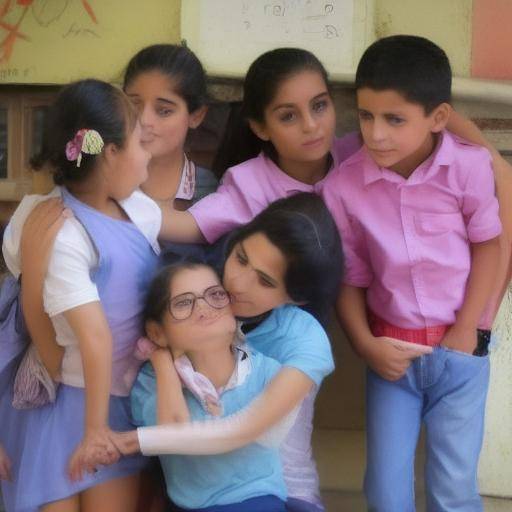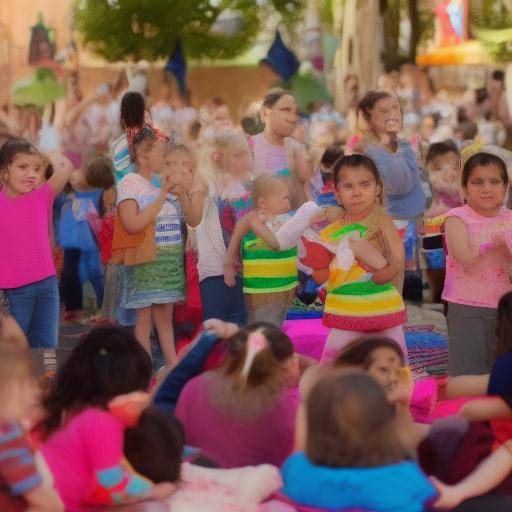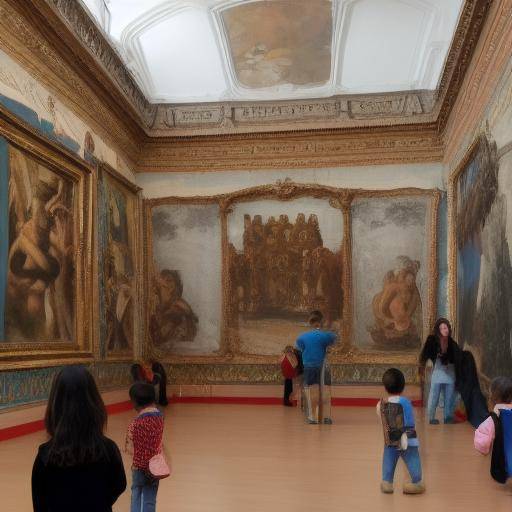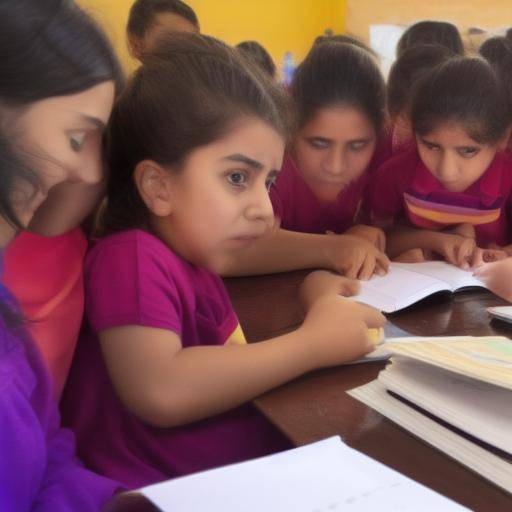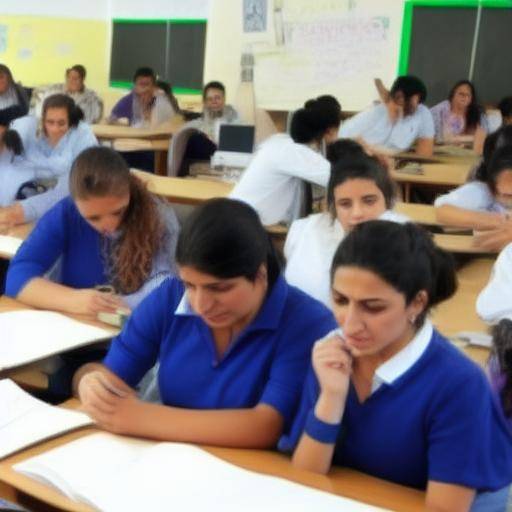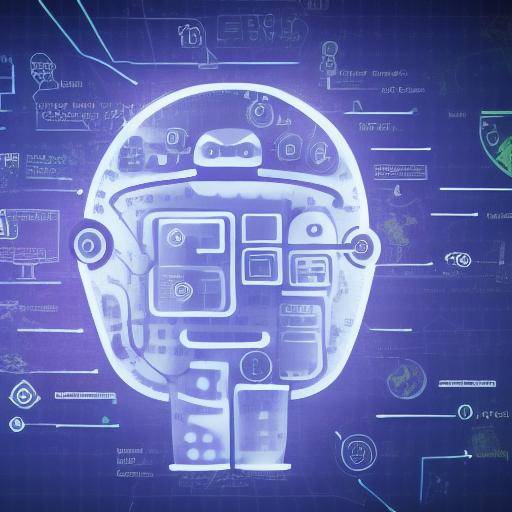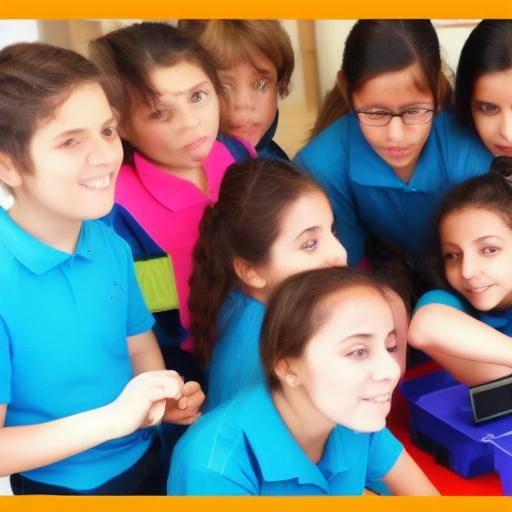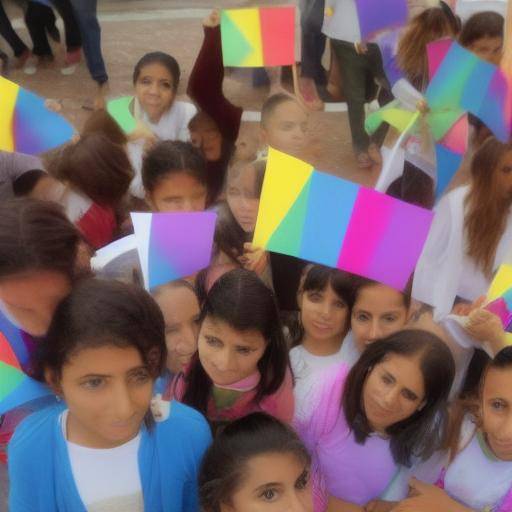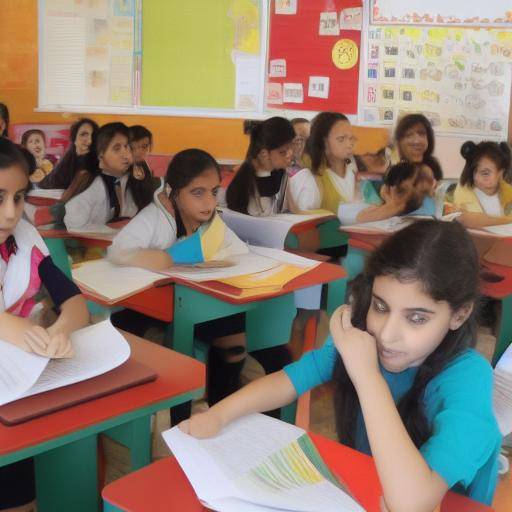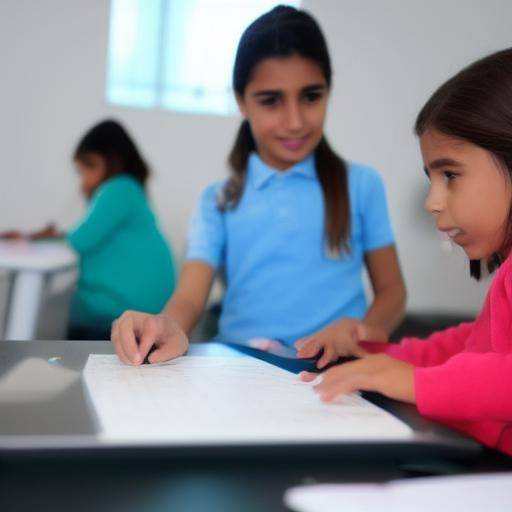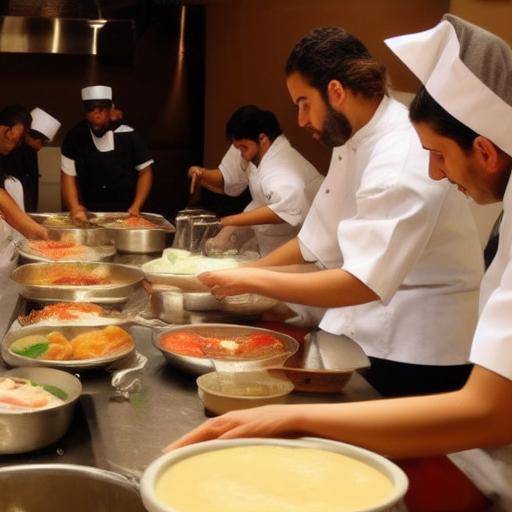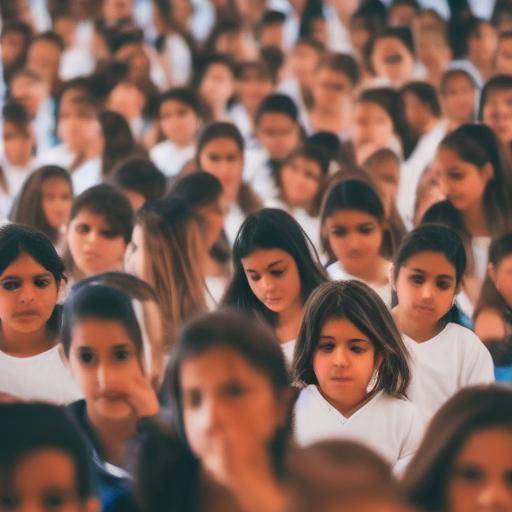
Cinema has been a form of art and entertainment that has had a significant impact on cultural education throughout history. From its origin as a technological novelty to its evolution as a powerful tool for artistic expression and the exploration of cultural diversity, cinema has played a crucial role in the way societies perceive, understand and value cultural diversity. In this article, we will explore in detail the role of cinema in cultural education, from its history and development to its influence in contemporary society. We will also discuss the practical implications, advice and opinions of experts, as well as future trends related to film, their role in cultural education and their impact on society.
Introduction
Cinema is much more than a means of entertainment; it is a window to different realities, cultures and experiences that help us understand and appreciate the diversity of the world around us. In the context of cultural education, cinema can play a crucial role in providing authentic and meaningful representation of diverse cultures, traditions, stories and life experiences.
History and Background
The cinema, as a form of art and entertainment, has its roots in the nineteenth century with the invention of the cinematographer by the Lumière brothers in France. Since then, cinema has experienced constant evolution, becoming a powerful tool to tell stories, document reality and transmit cultural messages.
The role of cinema in cultural education has been evident since its first years, with films that portray cultures, traditions and life forms from different parts of the world. This visual representation has allowed audiences to enter into realities of others, fostering empathy and intercultural understanding. Over time, cinema has been fundamental in the preservation and dissemination of culture, contributing to the transmission of values and knowledge through generations.
Analysis in Deep
Cinema has not only been a tool to spread culture, but has also challenged and questioned cultural stereotypes, offering new perspectives and promoting intercultural dialogue. However, it has also been criticized for inaccurate or exotlant representations of certain cultures. This in-depth analysis helps us to understand the complexity of the role of cinema in cultural education, as well as its ethical and practical implications.
Exhaustive examination
In considering the impact of cinema on cultural education, it is important to explore various practical applications and case studies that demonstrate how cinema can be effectively used to promote cultural understanding and mutual respect. Moreover, it is essential to weigh both the benefits and the challenges of using film as an educational tool, taking into account aspects such as accessibility, content diversity and cultural representativeness.
Comparative analysis
By comparing cinema with other cultural media, such as literature or performing arts, we can appreciate similarities and differences in terms of scope, influence and audience. This comparative analysis allows us to identify the unique strengths of cinema in cultural education, as well as the areas in which it can improve or collaborate with other means to enrich the educational experience.
Practical Tips and Recommendations
Given the potential of cinema as an educational tool, it is essential to provide practical advice and recommendations for effective integration into formal and informal educational settings. These tips can range from the selection of appropriate films for different age groups to the activation of discussions and activities around films to foster cultural reflection.
Industry Perspectives and Expert Reviews
The views of film experts, cultural education and intercultural studies are fundamental to understanding fully the potential and limitations of cinema as an educational resource. By collecting and analyzing industry perspectives and expert opinions, we can identify emerging trends, current challenges and future opportunities for the role of cinema in cultural education.
Case Studies and Real Life Applications
Case studies provide concrete examples of how cinema has been successfully used to promote cultural education in different contexts and communities. In examining specific cases, we can draw practical and applicable lessons that illustrate the real impact of cinema on the promotion of intercultural understanding and cultural sensitivity.
Future Trends and Predictions
As cinema and cultural education evolve in the context of a globalized and diverse world, it is crucial to consider future trends and to make informed predictions on the path that will follow this dynamic relationship. Taking into account technological advances, sociocultural changes and constantly evolving educational demands, it is possible to see where the role of cinema is directed in cultural education and what challenges and opportunities are coming.
Conclusion
Cinema has proved to be an immensely powerful tool for cultural education, playing an integral role in promoting intercultural dialogue, strengthening mutual respect and disseminating cultural diversity. As we continue to explore and take advantage of the potential of cinema in cultural education, it is essential to recognize its value and promote its responsible and effective use for a more inclusive and understanding world.
Frequently asked questions
Why is cinema important in cultural education?
Cinema offers a visual and emotional representation of different cultures, traditions and realities, allowing people to experience and understand cultural diversity in a unique and impressive way. This contributes significantly to the promotion of respect and intercultural sensitivity.
What are the challenges of using cinema in cultural education?
Some challenges include the selection of culturally relevant and authentic content, the accessibility of films from various cultures and the need to address stereotyped or limited representations of certain cultures.
How can cinema be integrated into formal educational environments?
Cinema can be integrated into formal educational environments through the incorporation of films into the curriculum, followed by reflective discussions and related activities. It is important to select appropriate films and develop accompanying strategies to maximize their educational value.
What is the impact of cinema on people's cultural perception?
Cinema can influence the cultural perception of people by offering them cultural perspectives and experiences that may have been previously unknown or misunderstood. This impact can generate greater understanding, empathy and appreciation for cultural diversity.
What role do filmmakers play in cultural education through cinema?
Filmmakers play a fundamental role in telling authentic and culturally significant stories, as well as challenging and questioning inaccurate or stereotyped representations through their art. Its contribution is crucial for the promotion of an enriching and respectful cultural education.
What are the emerging trends in the use of cinema for cultural education?
Emerging trends include the use of interactive technologies and immersive experiences to promote cultural understanding, as well as the focus on the creation and dissemination of films that reflect the diversity and complexity of cultures around the world.
In short, cinema plays a vital role in cultural education by providing authentic and meaningful representation of different cultures, promoting intercultural dialogue and fostering cultural sensitivity. As the world becomes increasingly interconnected, cinema is positioned as a key tool to foster understanding and appreciation of cultural diversity in contemporary societies.
As can be seen, cinema has transcended its function as mere entertainment to become a powerful environment for cultural education, generating impact on the perception, understanding and valuation of cultural diversity. The potential of cinema in this area is vast, and its role will continue to evolve as we move towards a future driven by global interconnection and the importance of cultural sensitivity.











